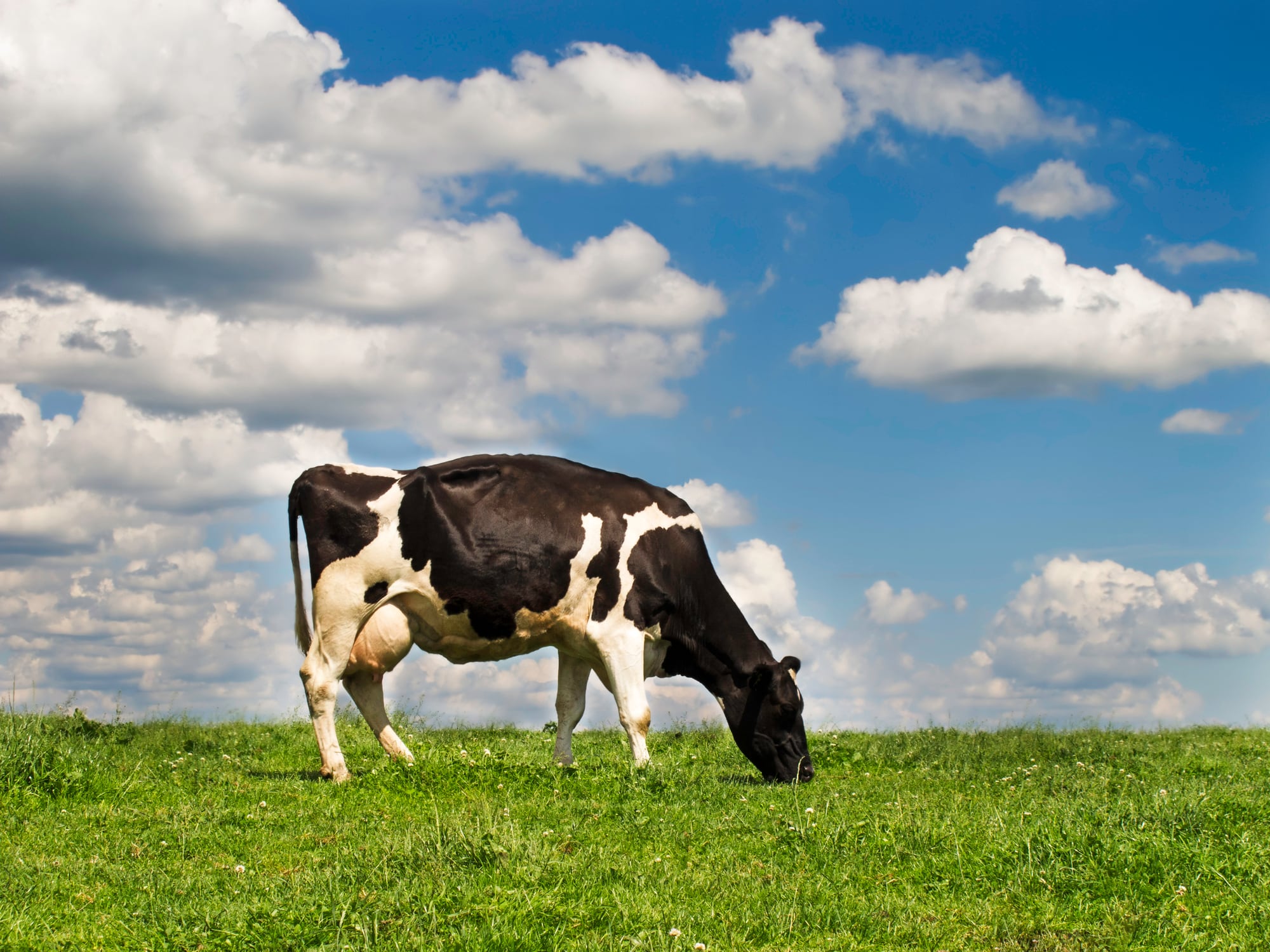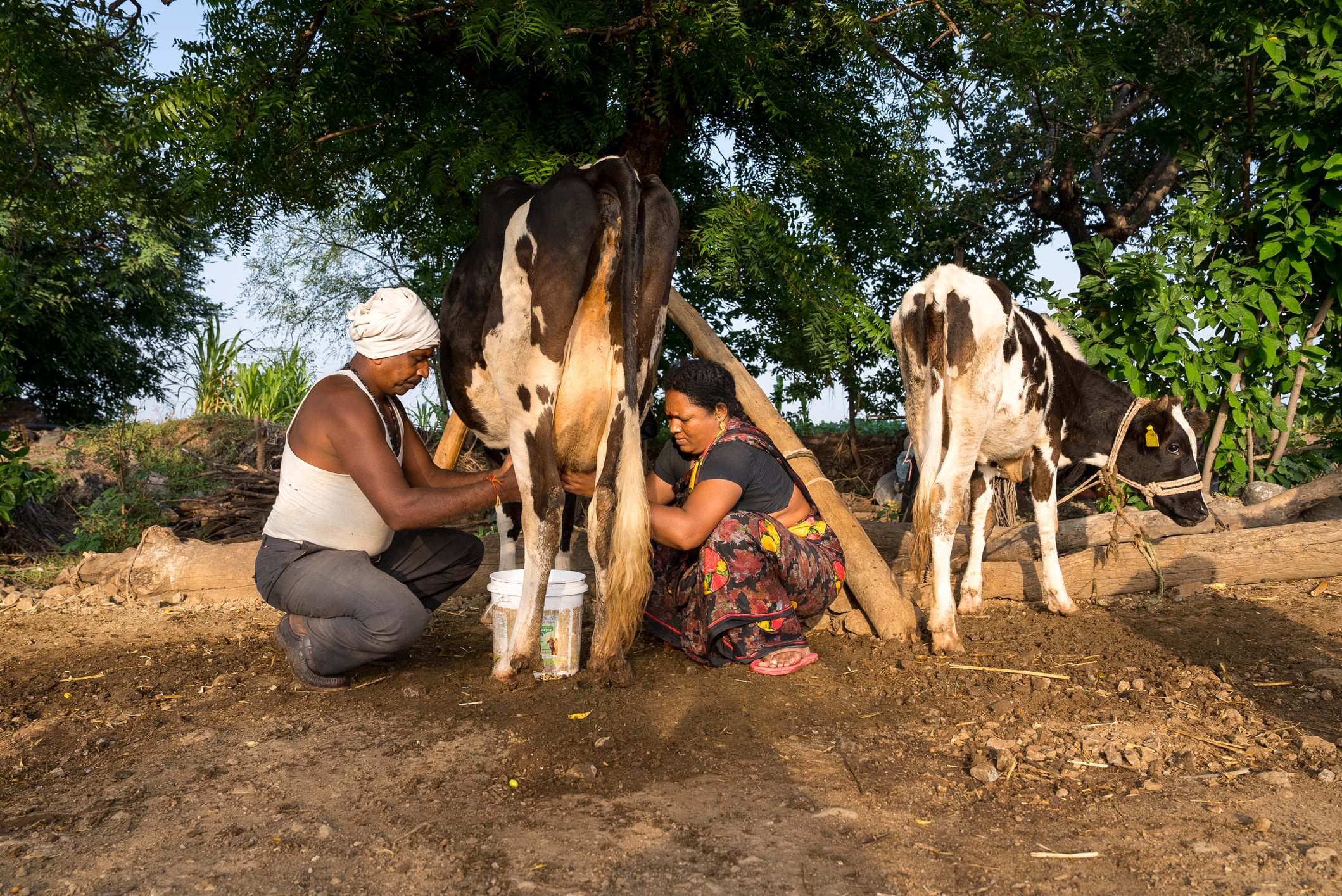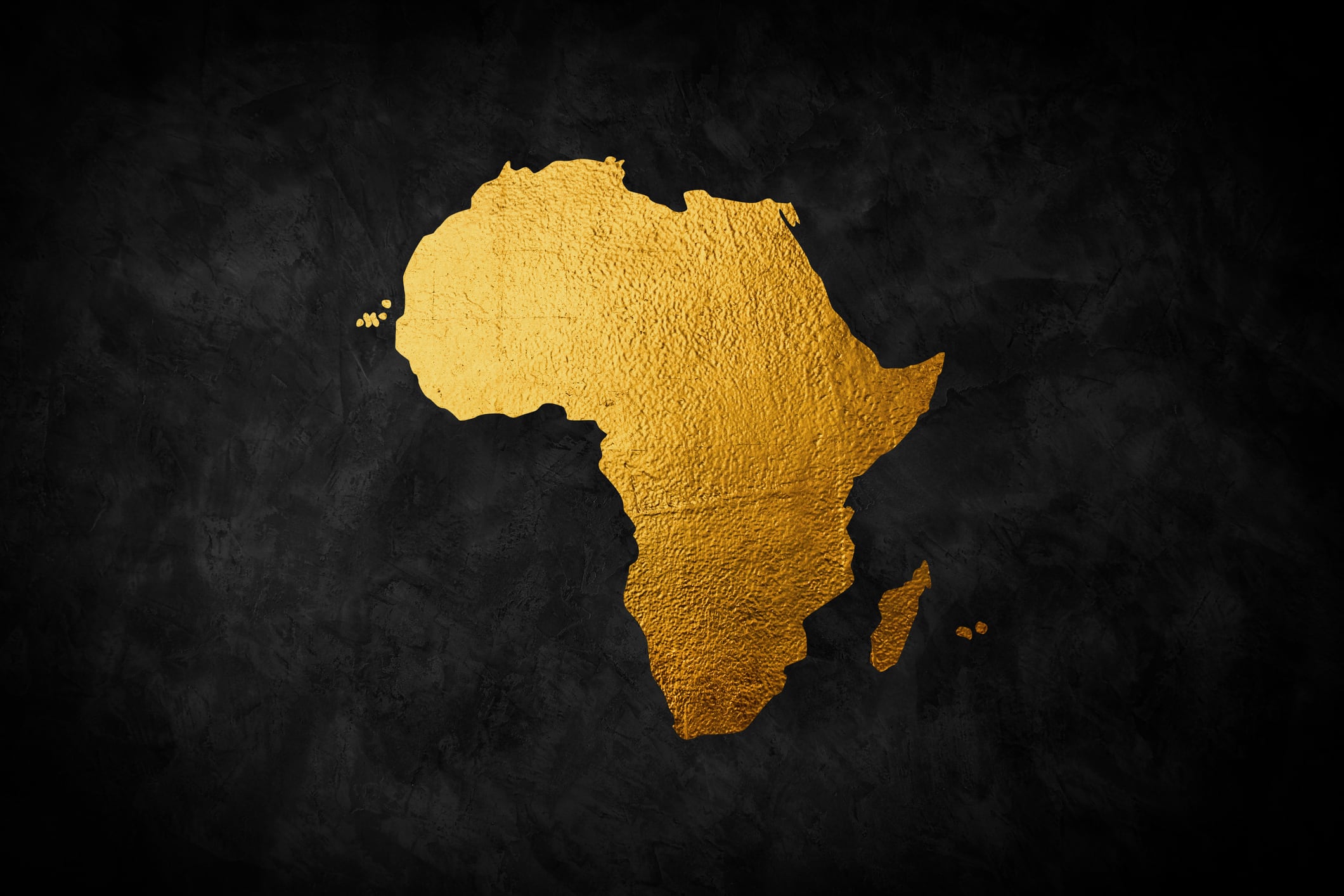Key takeaways
- The Global Dairy Platform highlighted the challenges in advancing global dairy’s sustainability due to limited climate finance, aid cutbacks, and fragmented funding models.
- Despite calls from climate activists to reduce livestock production, GDP advocates for efficiency gains and tailored funding to reduce emissions while taking dairy’s nutritional and socio-economic impact into account.
- Initiatives like Pathways to Dairy Net Zero aim to develop emission reduction methodologies, with significant funding from the Green Climate Fund to support developing countries.
- However, barriers such as fragmented climate finance, lack of methodologies, and government aid cuts may threaten progress.
Limited climate finance, cutbacks in aid spending and fragmented funding mechanisms are key barriers to global dairy’s sustainable progress, according to Donald Moore, executive director of the Global Dairy Platform (GDP).
GDP is a consortium of the world’s largest dairy firms, and Moore insisted that policymakers need to balance dairy’s role in global food security alongside efforts to reduce emissions from livestock production. But can the dairy industry have its proverbial cake and eat it, too?
Climate activists and agriculture scientists have concluded that cutting consumption and production of livestock products has the biggest potential to curb emissions from agriculture, with efficiency gains delivering more moderate outcomes.
But Moore told us more can be done to support the industry’s effort to boost efficiency by providing tailored funding methodologies – and that GDP is leading various initiatives to provide proof of concept of how much can be achieved through incremental productivity gains.
“We know that we can make a reasonably significant reduction through very simple interventions,” Moore told us.
For example, the consortium’s pilot in Tanzania – which GDP is replicating across other African countries as part of its Dairy Nourishes Africa program – achieved a 25% increase in average productivity per cow per day; around 20% reduction of on-farm GHG emission intensity, and nearly 30% increase in annual farmer income due to productivity gains.
Enteric methane is also a key part of the puzzle – and one that requires more funding to help the industry validate and adopt reduction technologies, he insisted.
The UN recommends global methane emissions to be reduced by a third by 2030 to keep global warming to 1.5°C; with agriculture being one of the main sources of methane emissions from human activity.
Supporting the Global South in reducing emissions from dairy
A key initiative launched by GDP is Pathways to Dairy Net Zero, a project that unites industry stakeholders and scientific researchers to develop emission reduction methodologies and tools for each dairy production system.
Launched at last year’s UN Food Systems Summit, the initiative identified which global regions contributed the largest amount of dairy sector emissions and invited the countries that contribute the biggest amount of GHG emissions to improve their environmental sustainability by taking part in Pathways.
The project is funded by the Green Climate Fund, the world’s largest climate fund; it was set up by the UN to support developing countries with climate change mitigation activities.
“About 80% of dairy sector emissions come from developing markets,” Moore told us. “We worked with the former US administration and did research into the emissions profiles of countries globally. Then, the US State Department wrote to 10 countries and invited them to be early adopters, with the idea being that we would work with those countries to raise financing and start the transition to a lower-emitting dairy sector.”
“Those 10 countries, between them, represented 30% of all of the dairy emissions in the world.”
Donald Moore, Global Dairy Platform
Nine of the 10 countries – Kenya, Rwanda, Tanzania, Uganda, Colombia, Costa Rica, Uruguay, Pakistan and Vietnam – accepted; but the biggest dairy player, India, did not. According to OECD, curbing GHG emissions from dairy globally hinges on productivity gains in India – but the country has one of the most inefficient production systems.
“We are still working with India to find a way through,” Moore told us, “but the first four in East Africa have just received $358 million in financing from the Green Climate Fund (GCF) and IFAD to start the process of transformation.”
India was ‘engaging’ with the initiative, he added, but with the funding being a mix of grants and loans, there was likely hesitation from its government over the potential borrowing costs, he explained.
Barriers to green finance
And even with GCF funding in place, this often is just ‘scratching the surface’ of what’s needed to achieve meaningful transformation, Moore told us.
“The opportunity then is how do we connect those countries to carbon markets to develop a long-term sustaining economic model for them,” he said. “We need to connect those producers to a revenue stream that also funds some of that [sustainable farming] activity.”
However, the global climate finance landscape is both fragmented and underdeveloped. “There are very few methodologies,” Moore explained. “There’s only one that we’ve come across which looks at farm productivity, and most of the others relate to some form of sequestration or manure management.
“So there’s a lot of land sector-based services – think pasture management – but in terms of the livestock component, there’s really nothing out there that’s focused on productivity improvements – genetic gains, improving feed, improving animal husbandry; all those things that would [help farmers] produce more milk and reduce emissions intensity as a result.”
Financing bodies are also coy about backing ag projects over missing guidance. The delayed Land Sector and Removals Guidance of the GHG Protocol – set to be published in Q4 2025 after multiple pushbacks – may radically redefine how food, beverage and agricultural firms account for land-use, insetting and removals.

“There’s hesitancy on behalf of the companies that would be willing to fund some of this activity,” Moore said. “On the other hand, farmers are enthusiastic: they see the potential, but the complexity of the system really locks out a lot of smallholders.”
In addition, IPCC climate models often have a wide range of projections, which may complicate corporate sustainability strategies. “There’s so much variability that companies get worried about, ‘if I do something and I make these claims, will I then be accused of greenwashing when some of this stuff becomes a little more solid’?
“So carbon markets have great potential but there’s a lot of work to be done to resolve some of these issues.”
Aid cuts ‘devastating’ for industry’s sustainability efforts
Funding for agrifood projects amounted to around 4% of global climate finance according to 2019/20 FAO data, meaning that the amount going to livestock-related projects was ‘miniscule’ as Moore described it.
But it’s an even grimmer picture when government aid spending cuts are factored in.
“We’ve had some issues with governments around the world pulling back on the development financing that they are providing; whether it’s the changes at USAID, who were a big funder of foreign aid programs, and even the UK, who have reduced their commitment.”
With the Global South being a major GHG emissions emitter from dairy, government cuts have scope to, indeed, cut deep.
“The reduction in funding, it’s devastating in some parts of the world. USAID, the UK, GIZ or the other major funding groups have helped to transform agriculture in some of those markets,” Moore said.
“Governments can change their minds and flip-flop, but once you’re on course with farmers, it takes years to make some of these changes.”
Donald Moore, Global Dairy Platform
“It takes time, it takes investment, and once you’re on that path, you need to stay the course.”
Accelerating methane mitigation
Methane reduction is also key to achieving meaningful GHG emissions reduction from dairy, but financing R&D will be crucial, Moore said.
“There’s a lot of activity going on around methane inhibitors,” he told us. “In the next decade or so, we’ll see a lot of launches of new technologies and new innovations that will help us tackle methane. But nothing ever moves as quickly as we would like it to.
“We’re dealing with a biological, not a technological challenge here, and that’s the big difference.”
Donald Moore, Global Dairy Platform
It could take years to make an impact through genetics and breeding, he added, but innovation in genetics represents ‘one of the biggest opportunities’ for breeding low-methane cattle.
As for feed additives and vaccines, trials to validate their safety and efficacy can be expensive, creating yet another barrier to getting those products to market.
Are efficiency gains enough?
So can dairy make good on its aim to reduce its global environmental impact?
“I think yes, we can,” Moore, who is attending this week’s Climate Week in New York City, said. “We know we can make a reasonably significant reduction through very simple interventions. We are pretty confident we can achieve about a 30% emission reduction in a relatively short time period.
“What we’ve got to do is focus on methane: if we can slow down or stop emitting more methane into the atmosphere, we can stop its global warming effect.”
He concluded: “We know the good impact of dairy – be it nutritional, economic, social – but we acknowledge that dairy, like all agricultural commodities, has an impact on the environment."
The industry remains committed, however, he suggested.
“Most of the big dairy companies in the world have committed to science-based targets – and despite what’s happening in the political landscape, most of those companies are sticking to their targets and their timelines.”

We want to hear what you think! Take our short, anonymous sustainability survey - and we'll make a donation to Farm Africa
Is the food and drink industry doing enough when it comes to sustainability? Where are the causes for celebration - and what are the challenges and concerns?
We want to know what you think! This short, anonymous poll will take just a couple of minutes to complete: yet your thoughts will help us take a global pulse check of what matters most as we look to shape a more sustainable future for the F&B industry.
And for every survey completed, we'll make a donation to Farm Africa: a charity that reduces poverty in eastern Africa by helping farmers grow more, sell more and protect the environment for years to come (up to a maximum amount).
Climate Smart Food: Understanding climate risks
Want to know more about how the food and beverage industry can futureproof itself against climate change? Check out FoodNavigator's Climate Smart Food broadcast series.
Taking place September 9, 16 & 2 3, Climate Smart Food is a free webinar series designed to inform food and beverage manufacturers about how to tackle climate risk with real-world strategies: from smart farming and resilient ingredients to low-impact packaging and emissions reduction. Viewers will hear from industry leaders and innovators from organizations like Nestlé, ING Bank and Heineken UK.
Climate Smart Food will also be available on demand if you are unable to join on the day - but make sure you register for free to gain access.




